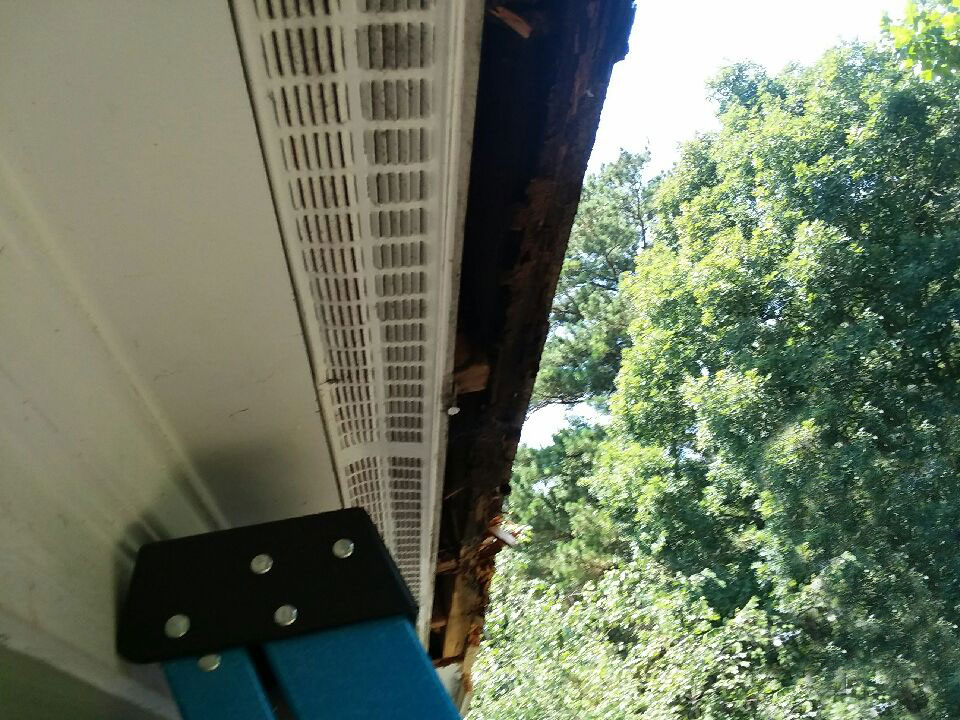As hurricane season comes upon us, our North Carolina community begins to look up towards the tops of their homes to examine its condition. According to NC State, North Carolina can expect a more active season than the average taken from 1950 to the present (2018).
What does that mean for your home?
It means that there is a high chance of increased precipitation during this season and more moisture affecting your home.
Different types of homes deal with moisture in a variety of different ways. In North Carolina, homes that were built before the railroad made materials more readily available are often of simple design.
However, many of the more lavish older homes have complicated decorative aspects that trade beauty for functional design when dealing with moisture. In our area, the types of homes that must deal with our precipitation and humidity are as unique as the people that live here.
Due to this uniqueness of design, there is no standard way that a home deals with rainwater. Metal roofs, tile roofs, slate roofs and conventional shingle roofs all deal with moisture in different ways.
However, one of the places that we see a great deal of damage due to improper rainwater management solutions is at the end of the roof, where the rafter tails tie into the fascia board.
Fascia board can take a variety of forms and compositions. That factor is also true of the protective under layering of the soffit. Soffit can be vented or unvented. It also can be made of wood, particle board and many different types of metal.
Important Terms to Know:
Fascia: Found at the end of the rafters, this part of your home is usually a flat piece of wood that covers the end of your roof. The purpose of this material is to support the edge of the roof. This board is usually partially hidden by the gutters attached to the home.
Soffit: Soffit is found on the underside of the roof and is connected to the fascia board. Its purpose is the protect the eaves and provide a clean look for the home. It also protects the rafter tails and trusses. In high wind climates, the soffit protects the houses from having winds blow water into the home. For North Carolina, winter storms and hurricanes often create winds over 25-35 miles per hour.
Rafter Tails: Rafter tails are the bottom end of the rafters. These ends of the roofing material are either exposed or boxed in using fascia and soffit to protect them. Within older construction, rafter tails are standard, however, in more modern structure, the ends of the trusses are boxed in with fascia and soffit.
What That Means to You
The fascia and soffit materials on your home protect and support the end of your roof. They protect the rafter tails and trusses from decaying via water damage. Thus, when you notice a dark, spongy section in either the fascia board or the soffit materials, this is an indication that water is damaging the end of your roof.
It would be nice if it were just that simple.
However, when water damage begins to become visible, there is no way to tell how long the problem has been happening. Depending on the roof and the distribution of the rainwater as it falls to the ground, indications of water damage may occur in other areas.
An example would be rot on the front corner post of a porch instead of the fascia. Because every home is different, water damage will show evidence in a variety of different ways.
Rainwater management is a reality of home ownership, and often the effects of it on the home can be a surprise to a new homeowner or someone buying their third home. There are many steps that you can take to ensure that more significant problems, like cracking foundation or replacing decks do not occur.
How to Protect Your Fascia and Soffit:
The best defense for the end of your roof is a seamless gutter system. A seamless gutter system involves custom measuring each section to fit every corner of your home snuggly.
The corners or miters should be handcrafted, eliminating any gaps that could be created in between the gutter and the fascia board.
As time ebbs on, homeowners experience a breaking down of the sealant and the seams. This creates a need for added maintenance costs, upkeep, and the potential for water damage to a home.
About Chimneys Plus:
Building Home Value:
Chimneys Plus offers gutters and gutter guard solutions. In some cases, that requires the installation of new soffit and fascia board. We are deeply committed to serving the central North Carolina areas of Harnett, Durham, Wake, Alamance, Lee, and Orange counties. We stand by our work and have been committed to excellence for the last 30 years.
Reach out today and receive a free estimate on your next project. Click here to contact us.
Sources: Peake, T & Lian, X. (2018, April 16). NC State Researchers Predict Active 2018 Hurricane Season for East Coast. Retrieved from https://news.ncsu.edu/2018/04/2018-hurricane-prediction/
Related Posts
Nothing found.



